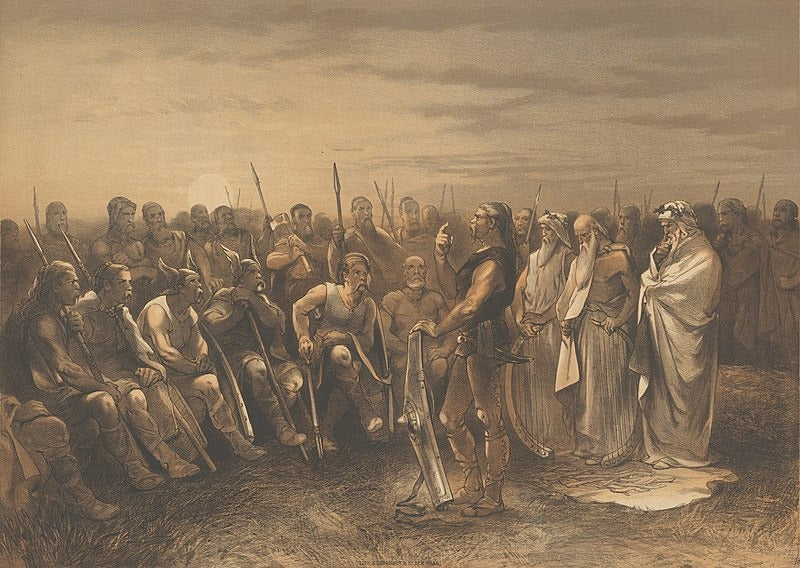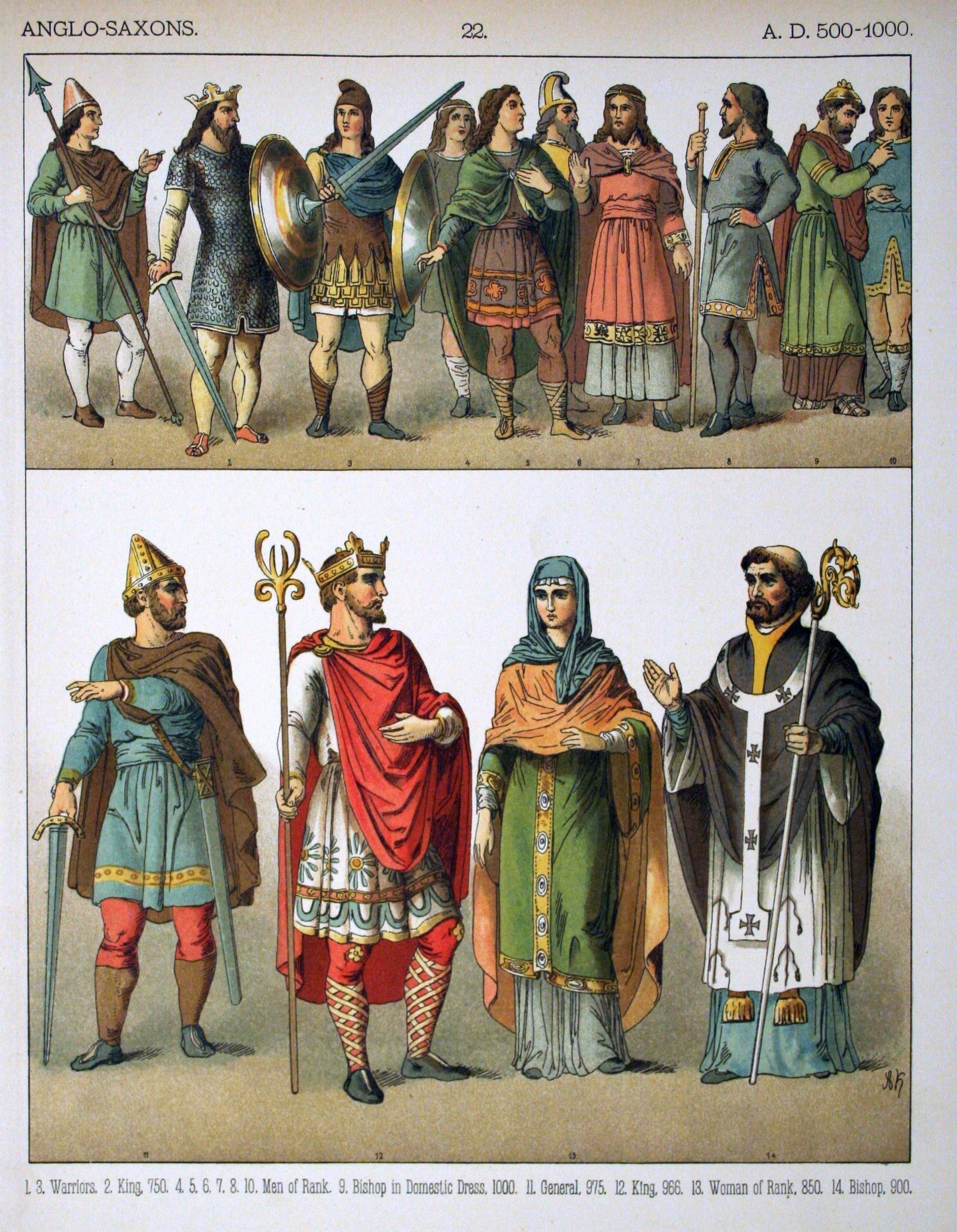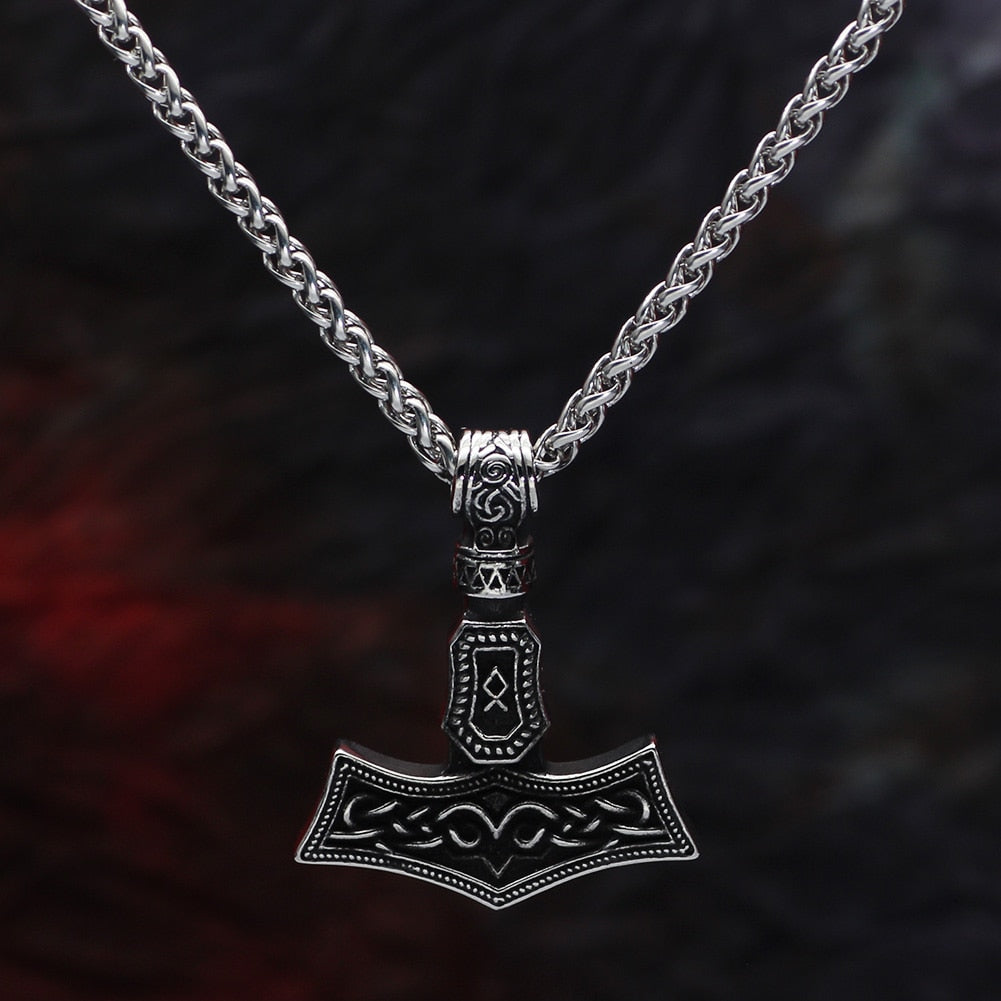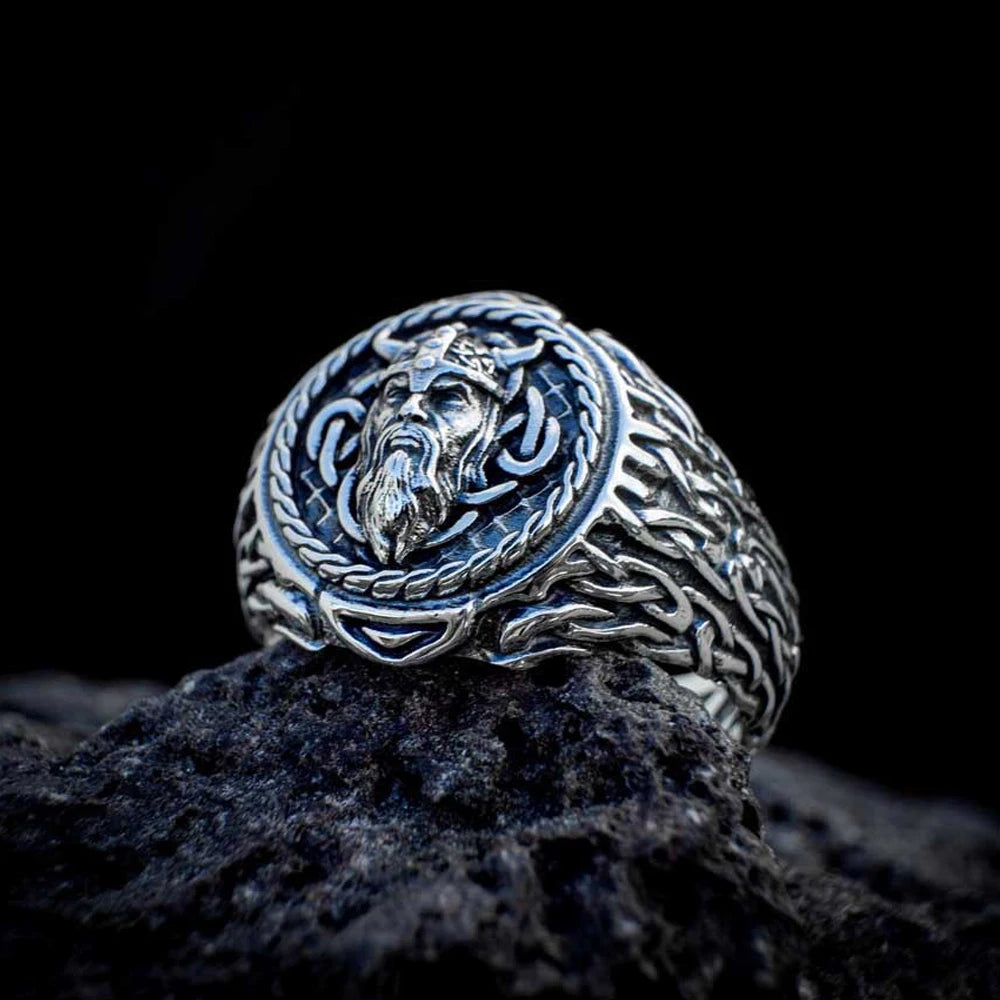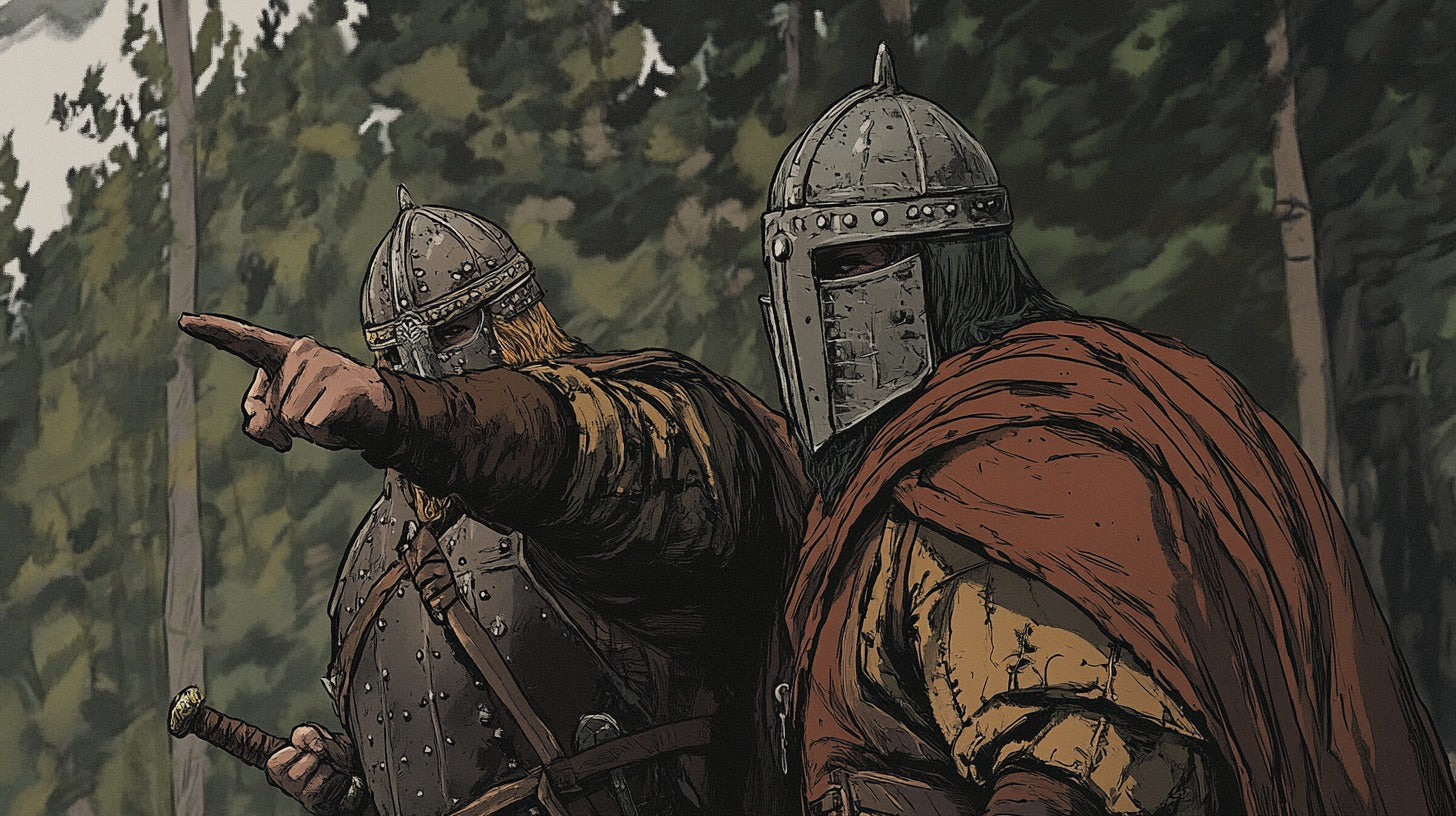
The Migration Period: Mass Movements That Reshaped Europe

Migration Period in Europe During the 4th & 5th Century' (Illustration: Simeon Netchev with Wild History Encyclopedia CC BY-NC-ND)
The Migration Period, also known as the Völkerwanderung ("wandering of peoples" in German) and the Barbarian Invasions, marked a pivotal era in European history spanning from approximately 376 to 568 CE. This transformative period witnessed large-scale movements of various Germanic, Hunnic, Slavic, and other peoples across the European continent, fundamentally reshaping its political, social, and cultural landscape.
The Roman Empire had maintained relative stability along its frontiers for centuries through a combination of military might and diplomatic arrangements with neighboring peoples. However, by the fourth century CE, this delicate balance began to unravel due to multiple factors, including climate change, population pressures, and the dramatic entrance of the Huns onto the European stage.
The Catalysts of Migration: Huns, Environmental & Demographic Factors

Territory under Hunnic control, c. 450 AD (Illustration: Slovenski Volk CC BY-SA 3.0)
The arrival of the Huns from Central Asia created a domino effect of population movements. Their advanced military capabilities and aggressive expansion forced many established peoples to flee westward. The Huns' defeat of the Alans in 370 CE set in motion a chain reaction, pushing the Goths and other groups toward Roman territory.
Recent archaeological and climatological studies have revealed evidence of significant climate fluctuations during this period. The onset of cooler temperatures and increased rainfall in Northern Europe affected agricultural productivity, while population growth among Germanic peoples strained available resources.
Major Migration Events: Western Movements, Goths, Lombards

Theodoric the Great (c. 454–526), King of the Ostrogoths, played a crucial role during the Migration Period by establishing an Ostrogothic Kingdom in Italy while maintaining Roman traditions. Illustration: Paganheim).
The watershed moment of the Migration Period began in 376 CE when the Thervingi Goths, under pressure from the Huns, sought refuge within Roman territory. Emperor Valens' decision to allow their entry proved fateful. Poor treatment by Roman officials led to a Gothic uprising, culminating in the Battle of Adrianople in 378 CE, where Valens himself perished.
The fifth century witnessed increased migration activity:
The Vandals, Suevi, and Alans crossed the Rhine in 406 CE, eventually establishing kingdoms in Spain and North Africa. The Burgundians settled in eastern Gaul, while the Franks expanded their control over northern Gaul. The Angles, Saxons, and Jutes began their migration to Britain following the Roman withdrawal around 410 CE.
The Ostrogoths, under Theoderic the Great, established a kingdom in Italy in 493 CE. The Lombard invasion of Italy in 568 CE is often considered the terminal point of the Migration Period proper, though population movements continued beyond this date.
Impact on European Society: Political, Economic, Cultural and Social Changes

A Migration Period Germanic gold bracteate depicting a bird, horse, and stylized human head with a Suebian knot (Photo: Bloodofox CC BY-SA 3.0).
The migrations fundamentally altered Europe's political landscape. The Western Roman Empire fragmented into various Germanic kingdoms, while the Eastern Empire adapted and survived as the Byzantine Empire. New political structures emerged, blending Roman administrative traditions with Germanic customs.
The period witnessed significant cultural exchange and synthesis. Germanic peoples adopted aspects of Roman culture, Christianity spread among the migrating peoples, and new artistic styles emerged combining classical and Germanic elements. Latin began evolving into the Romance languages through interaction with Germanic and other languages.
Trade networks were disrupted but not destroyed. Urban life declined in many areas, though some cities maintained their importance. New economic patterns emerged, with increased emphasis on local production and self-sufficiency.
The Migration Period laid the groundwork for medieval Europe. The new kingdoms established during this era evolved into many modern European nations. The period's cultural and linguistic mixing contributed to the diverse heritage of European civilization.
Frequently Asked Questions (FAQs)
1. What caused the Migration Period?
Multiple factors contributed, including Hunnic invasions, climate change, population pressure, and the weakening of Roman control.
2. How long did the Migration Period last?
The core period lasted from approximately 376 CE (Gothic crossing of the Danube) to 568 CE (Lombard invasion of Italy).
3. Which peoples were involved in the migrations?
Major groups included the Goths, Vandals, Huns, Angles, Saxons, Franks, Lombards, Alans, and Suevi.
4. Did the migrations cause Rome's fall?
While migrations contributed to the Western Empire's collapse, they were one factor among many, including internal Roman political and economic issues.
5. What was the period's lasting impact?
The migrations helped shape medieval European political boundaries, languages, and cultures, influencing modern European nations.
References
Heather, Peter. (2009). "Empires and Barbarians: The Fall of Rome and the Birth of Europe"
Halsall, Guy. (2007). "Barbarian Migrations and the Roman West, 376-568"
Goffart, Walter. (2006). "Barbarian Tides: The Migration Age and the Later Roman Empire"
Ward-Perkins, Bryan. (2005). "The Fall of Rome and the End of Civilization"
Wolfram, Herwig. (1988). "History of the Goths"
